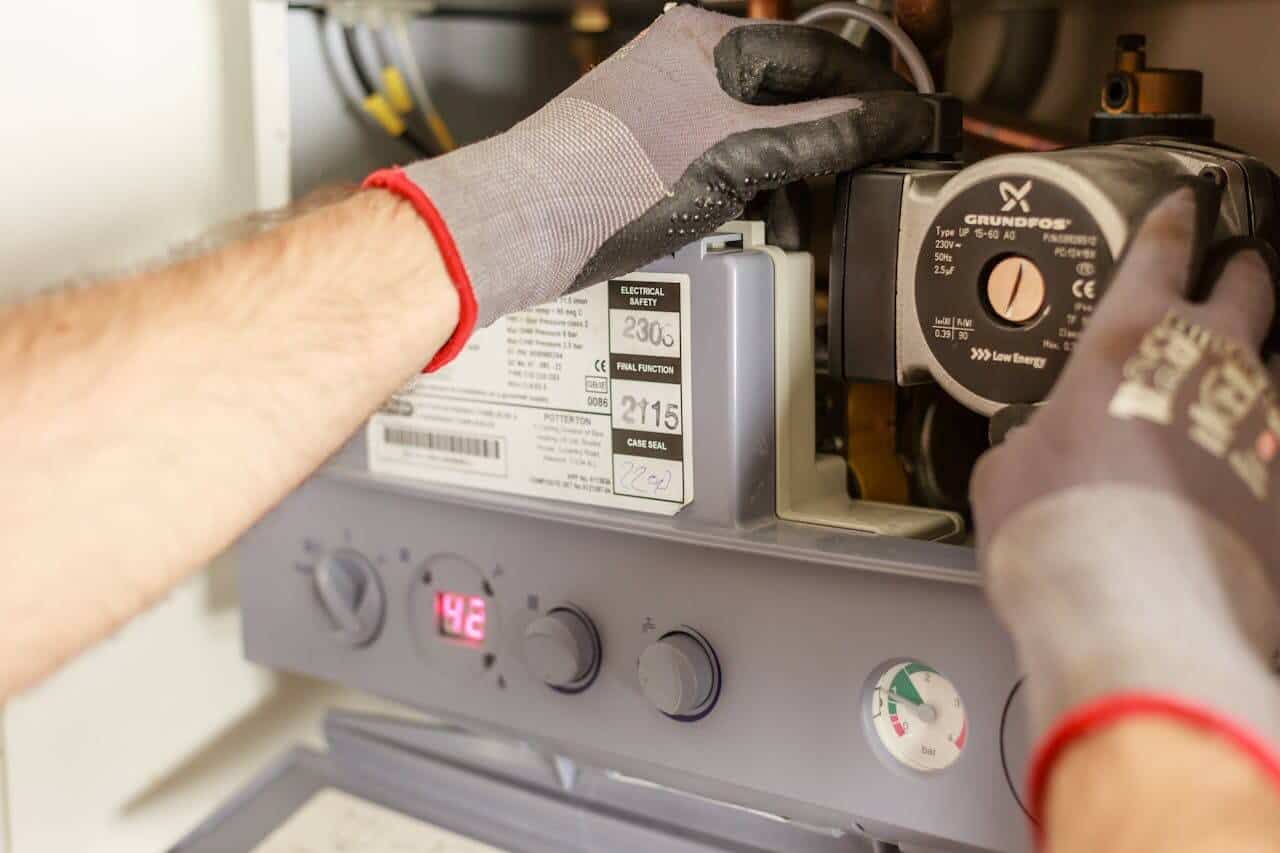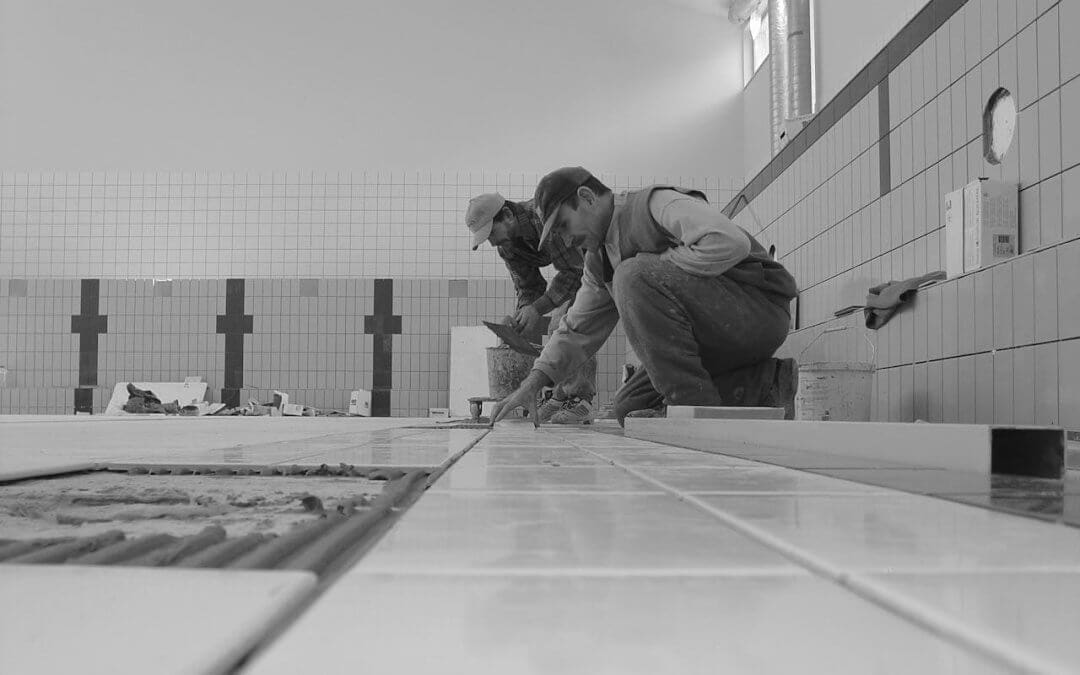A leaky faucet is more than just an annoyance. It wastes water, money and energy. Plus, it’s bad for the environment.
Fortunately, it’s fairly easy to fix. You just need the right tools and a little know-how. First, turn off the water supply. Then, remove the handle, packing nut and stem.
Replace the O-Ring
A leaky faucet can be a real nuisance. It can cause water to pool around the sink, and it can also lead to expensive plumbing bills. However, fixing a leaky faucet is a relatively simple job that most homeowners can complete themselves. To fix your leaky faucet, you will need a few common tools and supplies. These include an adjustable wrench, screwdriver, replacement washers and O-rings, and penetrating oil.
Before beginning your repairs, make sure that the water supply is turned off at the shut-off valves for the faucet. This will prevent water from flowing during your repairs and may save you the frustration of having to turn the water back on again later. The first step is to remove the handle. Use a screwdriver to loosen the decorative cap on the top of the handle, and then gently pry it off. You can also try wiggling the handle back and forth, but be careful not to bang it too hard, as this could break the inner workings of the faucet.
Once you have removed the handle, you will need to access the valve seat. This is a small, round disc that sits in a groove or cavity on the stem of the faucet and forms a seal to hold the cartridge in place. Over time, the valve seat can become worn, causing leaks. If you see that the seat is pitted, it will need to be replaced with a new one, says a team of the finest plumbers in Mesquite.
The O-ring is a small rubber gasket that sits in a groove or cavity in the faucet. It is used to create a seal between the handle and the faucet body, and it can get worn out over time. To replace the O-ring, simply find a replacement and then apply some non-toxic plumber’s grease to it before installing it.
After replacing the O-ring, you can reconnect the handle and tighten the set screw. Be sure to wipe down any internal parts that are exposed to water, as they can be prone to buildup and corrosion that can interfere with the seals.
Replace the Seat Washer
It is not uncommon for small components in your faucet to wear out and cause leaks. Many of these small parts are easy to replace yourself, saving you money and avoiding the hassle of calling in a plumber. The most common causes of leaky faucets are worn out washers and O-rings. These can be easily replaced, but other issues may require a more in-depth repair. In some cases, the problem is caused by corrosion in your valve seat. This can be caused by hard water or simply age and use. Regular cleaning of your fixtures with a gentle cleaner or vinegar will help prevent these types of problems.
Before attempting any repairs, it is important to turn off the water supply. This can be done by shutting off the valve under your sink. After that, you will need to remove the handle of the faucet. This can be done by prying off the decorative cover with a screwdriver or using a handle puller. Once the handle is removed, you will be able to see all the internal components. It is a good idea to place all the parts on a flat surface in the order that they were removed to make it easier to reassemble them.
Once the handle is removed, you will need to remove the adjusting nut and packing nut. The adjusting nut is the large nut that holds the stem in place. This nut should be tightened to hold the stem in place, but it is sometimes loose and will allow water to flow through the faucet. Once the nut and packing are removed, you will be able to see the valve seat and if it is worn or damaged, you will need to replace it.
The replacement of the seat washer is a bit more involved and requires special tools. If you are unable to fix the valve seat, it is best to call in a professional plumber. A plumber will be able to use a valve seat wrench and possibly a valve seat grinder or dresser to reshape the hole and seal it properly.
Replace the Cartridge
When water spots appear on your home’s surfaces, they often indicate a leaky faucet. These spots are not only a cosmetic nuisance; they can lead to wood damage and weakened floor support, putting your entire house at risk of structural problems. Leaks also wreak havoc on your water bill and can contribute to mold growth, as well as promote poor water quality in your home. By viewing a leaky faucet as a symptom of underlying plumbing issues, homeowners can adopt a proactive mindset and address the problem before it escalates.
Before you attempt any kind of repair, turn off the water supply to the faucet by twisting the shut-off valve located underneath your sink. It’s important to do this first because if you don’t, the faucet will continue to spray water into your home—perhaps even flooding your bathroom in a matter of seconds. Turning off the water will prevent this from happening and protect your home from expensive water damage.
Once the water is turned off, it’s time to remove the faucet handle and expose the inner parts. Start by removing the decorative cap and set screw from the handle using a flathead screwdriver or Allen wrench. Next, unscrew the nut from the cartridge stem. Once the nut is removed, you can pull the stem straight up and out. Then, remove the washer/O-ring, valve seat, and cartridge, and inspect each part for wear and tear or corrosion. If any of these parts are worn out or damaged, replace them.
The next step depends on the type of faucet you have. For cartridge, ceramic-disk, or ball-type faucets, you’ll need to unscrew the disk cylinder and pull out the neoprene seals that are on the underside of the cylinder. These can be cleaned by soaking them in white vinegar or replaced, depending on the type of faucet. You can purchase replacement neoprene seals at most hardware stores. Once you’ve replaced the O-rings and cartridge, it’s a good idea to coat the new parts in plumber’s grease before installing them. When everything is reassembled, tighten the packing nut, reinstall the cartridge, and reattach the handle. Turn on the water and test the faucet for leaks.
Replace the Handle

Depending on the type of faucet you have, replacing the handle is sometimes a simple solution. If you have a cartridge-type faucet, simply replace the cartridge and O-rings (available at most hardware stores). Alternatively, you can use a ball-type kit that comes with a new plastic cam and a metal packing nut. Again, follow the instructions carefully to ensure proper installation of these new parts.
Start by shutting off the water supply valves beneath the sink. If there are no valves, turn off the main water line as well. This will prevent a flood and keep you from getting soaked while working on the leaky faucet. Next, remove the handles by unscrewing them. This can be done with a flathead screwdriver or the edge of a utility knife. Some older faucets have decorative caps that cover the screws; if this is the case, pry off the cap and expose the screw. Once the handle is removed, set it and its screw aside.
Next, remove the escutcheon plate at the base of the handle. This should reveal a screw or hex bolt that holds the valve stem assembly in place. Using a screwdriver or wrench, loosen the bolt and remove it from the faucet. Lastly, remove the valve stem itself by unscrewing it from the faucet body. This can be a bit tricky, as there is often a small threaded hole that is hard to see. If the stem is stuck, try wiggling it or applying penetrating oil.
Once the cartridge and other internal parts have been replaced, it’s time to reassemble the faucet. Be sure to tighten the adjusting ring clockwise with the spanner tool included in your repair kit. This will ensure a secure seal and keep your newly repaired faucet from leaking.
The whole process shouldn’t take more than an hour, so be patient! If your leaky faucet is still dripping, it may be time to invest in a new fixture. Leaky faucets waste gallons of water and can cause serious damage over time. A new faucet will not only save you money on your water bill, but it can also add to the value of your home.




